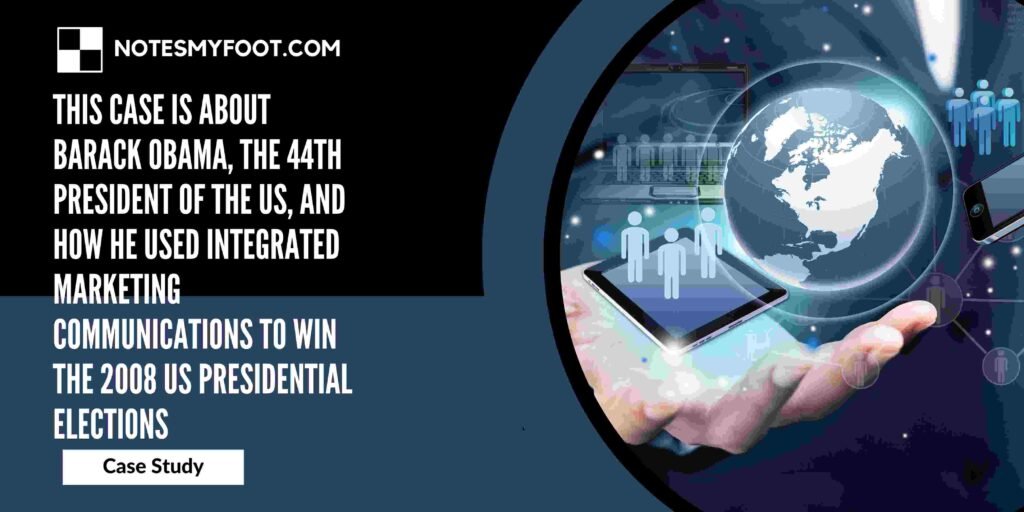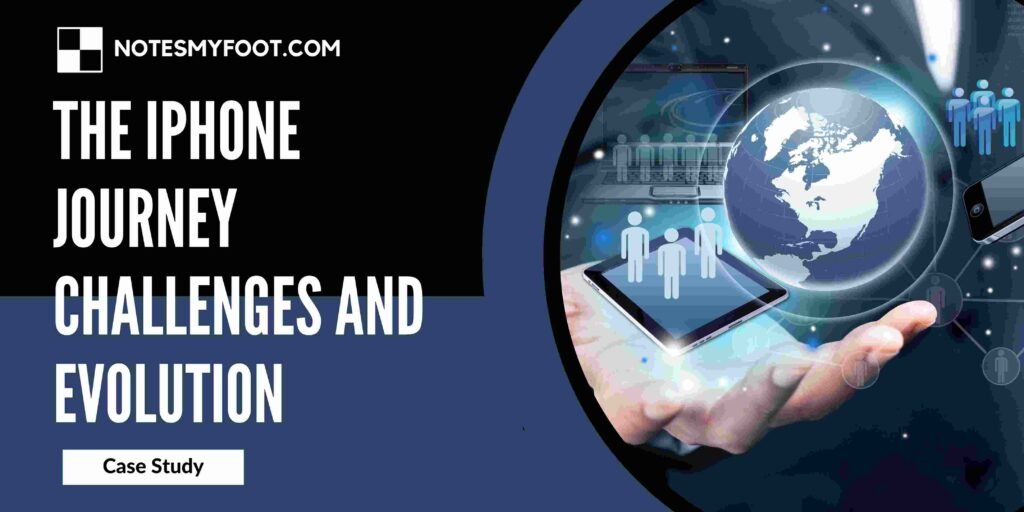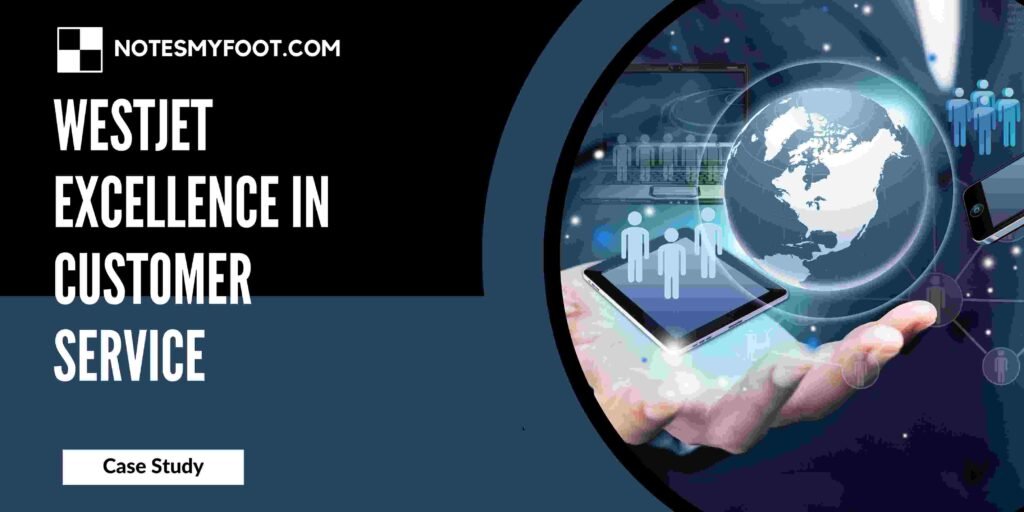
Case Study: Barack Obama's Integrated Marketing Communications Strategy
Barack Obama’s election campaigns were marked by his innovative and effective use of new media, showcasing the power of integrated marketing communications. This blog post will analyze how Obama utilized new media, such as the Internet and social media, to connect with voters and create a successful campaign. We will also explore the challenges faced in market segmentation and targeting, and the impact of Obama’s technology strategy.
Background Note
Before diving into Obama’s campaigns, it is important to understand the context of the political landscape during the election years. By examining the elections of 2000 and 2004, we can appreciate the significance of Obama’s approach in the following years.
Election 2000:
The 2000 election highlighted the beginning of the digital age in politics. While traditional media still played a vital role, the emergence of the internet as a campaigning tool was evident. However, it was not until the 2004 election that the potential of new media started to gain momentum.
Election 2004:
The 2004 election witnessed the use of social media platforms, such as MySpace and blogs, to engage with voters. Campaigns recognized the value of online communities and used them to disseminate information and gather support. This set the stage for Obama’s groundbreaking tactics in the subsequent elections.
Election 2008 and Challenges Before Obama
When Obama ran for president in 2008, he faced numerous challenges, including market segmentation and targeting. The traditional approach of dividing voters based on demographics was no longer sufficient. Obama recognized the need to tap into the power of new media to reach a wider audience and connect with diverse segments of the population.
Obama's Technology Strategy:
Obama’s technology strategy was the cornerstone of his integrated marketing communications campaign. He embraced social media platforms like Facebook, Twitter, and YouTube, leveraging their reach to engage with supporters directly. By utilizing these channels effectively and economically, Obama created a sense of inclusivity and involvement, mobilizing millions of supporters worldwide.
McCain's Campaign:
While Obama’s campaign embraced the power of new media, his opponent, John McCain, failed to adapt to the changing landscape. McCain’s campaign struggled to leverage social media platforms and lacked the same level of engagement with voters. This stark contrast further highlighted the significance of Obama’s integrated marketing communications strategy
Results:
The results of Obama’s integrated marketing communications strategy were evident. He successfully mobilized a large and diverse voter base, especially among young and tech-savvy individuals. Obama’s campaign was able to maintain a consistent brand image across various channels, reinforcing his message and building trust among supporters.
The Negative Side of The Internet:
While Obama’s use of new media was revolutionary, it is important to acknowledge the negative aspects. The internet also became a breeding ground for misinformation and propaganda, which posed challenges for Obama’s campaign. The spread of fake news and the manipulation of social media platforms called for a critical examination of the role of new media in politics.
Conclusion:
Barack Obama’s integrated marketing communications strategy showcased the power of new media in political campaigns. By effectively utilizing platforms like the Internet and social media, Obama was able to connect with voters, mobilize support, and create a lasting impact. However, the challenges of market segmentation, targeting, and the negative aspects of the internet should not be overlooked. Obama’s campaign serves as a valuable case study for understanding the potential and limitations of integrated marketing communications in the digital age. Also got to know about the Maruti Suzuki’s Advertising Strategies: Driving Success in the Indian Passenger Car Industry









